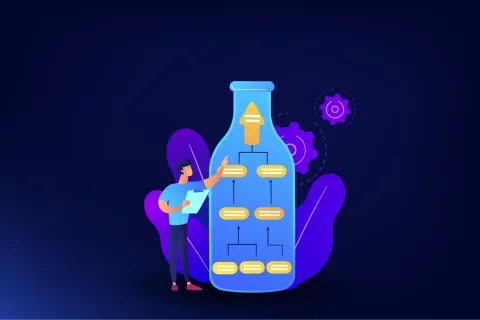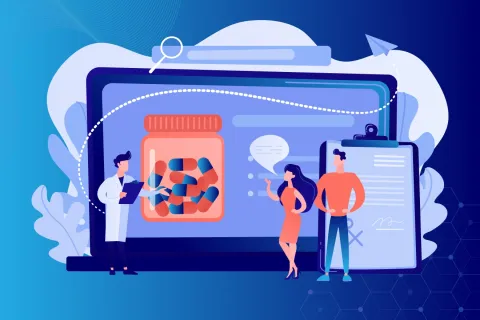
With serialization legislation introduced in two (02) major drug markets, namely, the USA and the EU, the pharma industry is being forced to take action on a large scale. On the other side, people are slowly realizing the benefits that serialization could bring in terms of patient safety and supply chain management. The mandates to serialize drugs are driven in large part by a need to secure supply chains. In response to increasing concerns about drug integrity, over forty (40) countries have introduced laws that require the serialization and tracking of drug products when they cross supply chains. In addition to making products easier to track, pharmaceutical serialization allows officials to identify illicit products more effectively across the supply chain.
Serialization is intended to counteract illegal activities by tracking the prescription drugs’ journey throughout the supply chain, from manufacturing to dispensing. As of November 2017, all drug companies selling prescription drugs in the US were asked to serialize every single, individually sold drug unit to facilitate tracking from the manufacturers to the pharmacies or doctors’ offices, according to the 2013 Drug Supply Chain Security Act (DSCSA). Pharmaceutical manufacturers are required to include the unique product ID on the packaging and cases of prescribed drugs. The unique identifier includes a product’s batch number, shelf life, the National Drug Code, and serial number, making it easy to identify over its entire shelf life.
To fight counterfeit along with other issues related to pharmaceutical supplies, governments across the globe have laid out regulations that say that boxes containing drugs must be coded with a unique serialized barcode for tracking capabilities. Pharmaceutical companies that are gearing up to comply with package serialization requirements are investing in technology that marks the package lines. Serialization devices and number-management systems must be installed and verified at the packaging lines.
Marking and vision systems are critical ingredients in the efforts to comply with the world’s serialization requirements. But as companies begin (or continue) producing serialized products, several other areas also require attention. Serialization presents the transformative opportunity to revisit and where appropriate, update data flows and applications of the enterprise processes that run from manufacturing to supply chains, contributing to process interoperability. This requires IT facilities capable of creating, storing, capturing, and communicating millions of serial numbers across multiple supply chains and updated analytics supporting tracking and recall. Consequently, the quality of the master data will only grow in importance.
The regulations provide a major source of concern to drug companies in adherence to a central principle of regulation - which is of full confidence that the supply chain has the best possible code, as well as the possibility of detecting, through rejection, damage, or some other classification, that, which is not fit to use for commercialization. In the identification of optimal serialization architectures at both the networking and packaging line levels, a key tenet has been the notion - that all codes are issued on a line-level.
With serialization, the focus has evolved to producing identical units, identifying each unit with unique data, communicating that data to supply chain partners, and then, depending on your supply chain role, potentially accounting for that data for several years.
It is time for drug companies if they still haven’t and their supply chain partners, including their contract manufacturing and packaging partners, to set expectations and start the process for serialization projects. In many ways, working with more partners will make serialization more difficult for pharmaceutical companies and their contract partners alike.
Centralized outsourcing of artwork to an experienced Regulatory partner can help drive safety and standardization and achieve global compliance. Get in touch with Freyr now.









